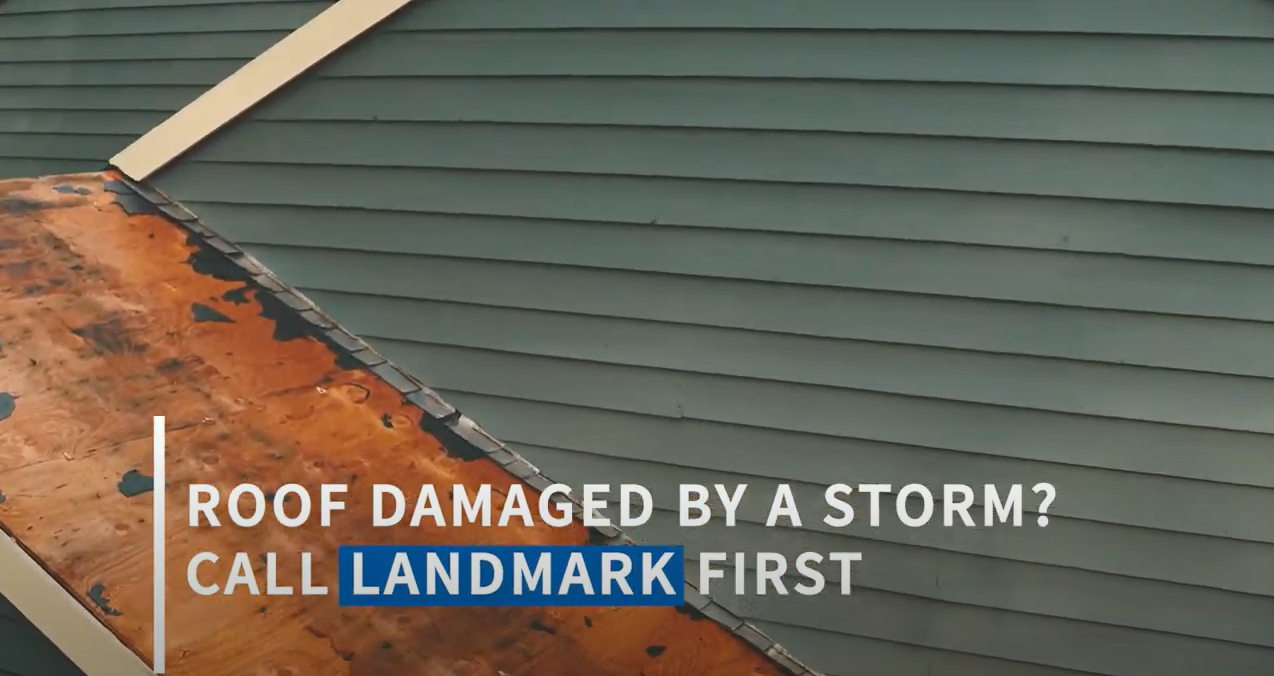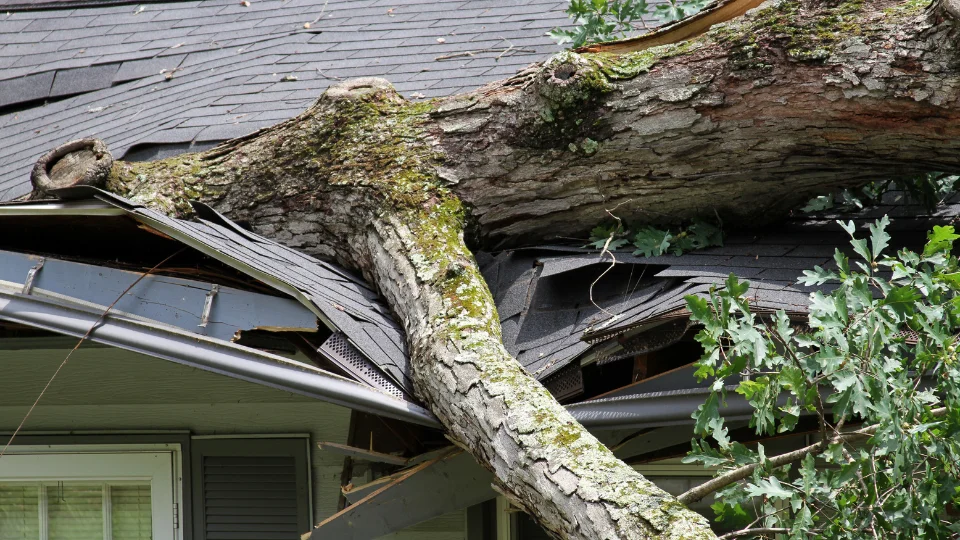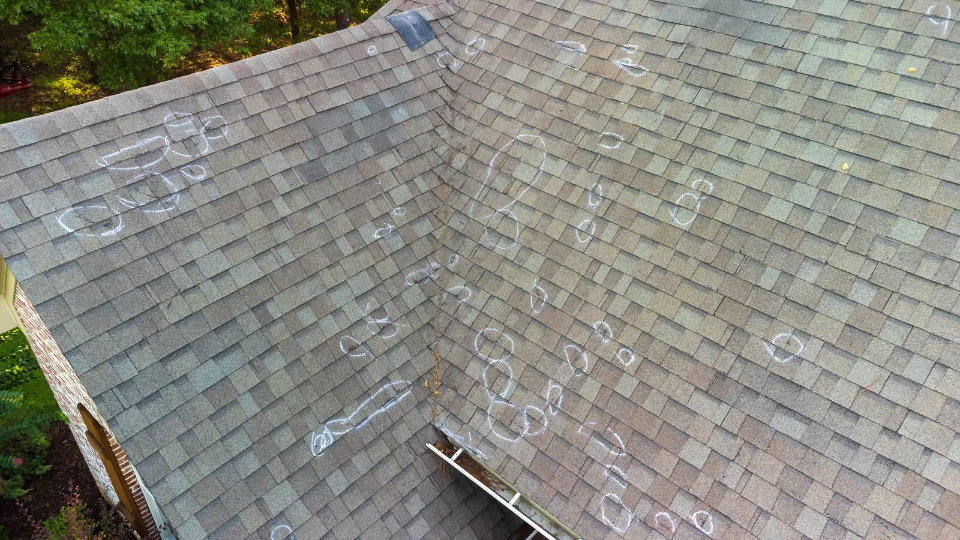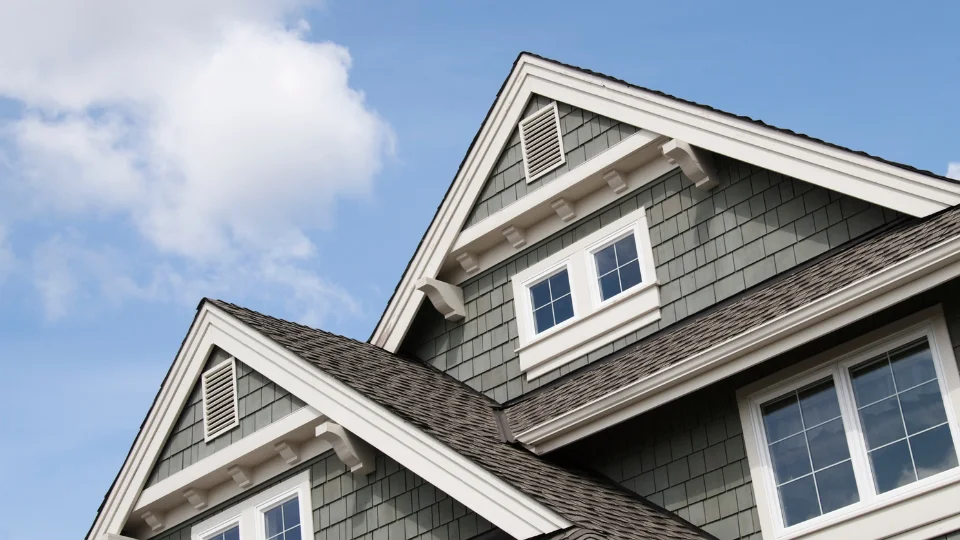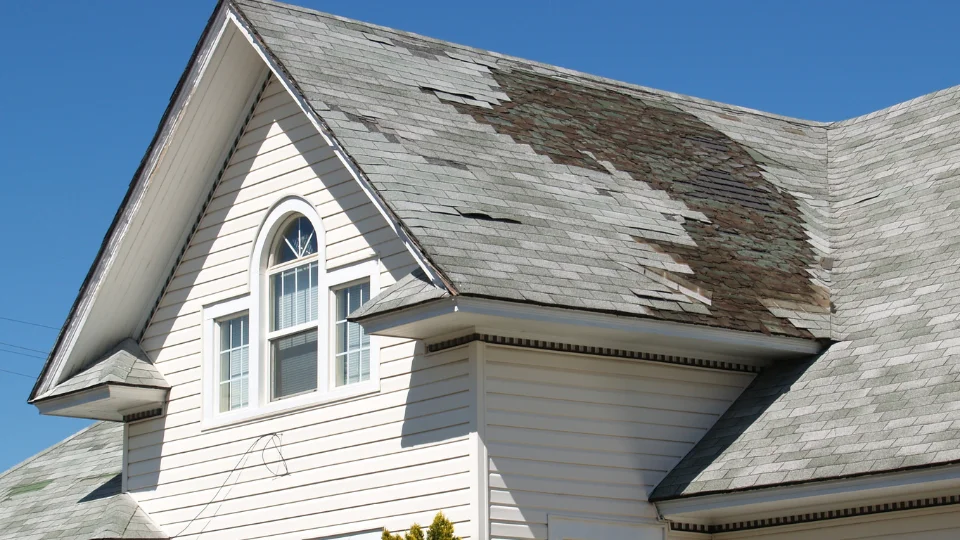Not everything that comes from April showers is as welcomed as May flowers. Rain can cause serious damage to your home if your roof is not in its best shape. Is your home prepared?
Water spots on your ceiling after it rains is one of the most obvious ways you can tell that you have a problem with your roof. Other times, water spots can develop seemingly out of nowhere. Either way, this is an issue that requires immediate attention.
If you notice water stains on your ceiling, what you do next can have a major impact on the long-term health of your home. Follow these five steps to ensure you don’t end up with a major problem.
1. Don’t Ignore it!
The most important thing is that you don’t ignore the problem. You might want to cover up the unsightly stain and move on, but the result would be like putting a band-aid on a bullet hole. It’s a temporary fix at best and will likely result in serious long-term problems.
If you’ve been ignoring the stains, you’re not alone. This is common practice, particularly if the problem only happens during hard rains. Once the rain stops, we tend to go about our day and forget about the issue.
It’s important to understand that the stains on your ceiling aren’t the problem, they’re a symptom of an underlying (and often serious) issue. A few seemingly harmless spots right now could turn into a full-blown flood in the future.
Left untreated, a leak can cause your home’s frame to rot, compromising its structural integrity. Even a small leak can also eventually result in a flood which will damage the inside of your home, your furniture, flooring, valuables, and more. Leaks can also cause mold and mildew which can lead to health problems.
In some cases, water leaks in your home can cause your electrical wiring to short, which could lead to a house fire! Weak spots in your roof can also create an entry point for pests.
2. Find Out What’s Causing the Stain
If the stains on your ceiling appear after it rains, this is a good indication that there’s a leak in your roof. This can be caused by weakened seals around your roof’s vents or cracked or crumbling shingles.
If the stain isn’t related to the roof, the problem could be faulty plumbing, a leaking heating appliance, or even something as simple as a tub left running. Once you’ve figured out the culprit, you’ll be able to take steps to fix it.
3. Look for Other Signs of Water Damage
If stains on your ceiling aren’t enough to convince you that you have a problem, inspect the area to see if you notice any other signs of water damage. This could include:
- Peeling paint
- Puddles of water
- Floor damage
- Mold or mildew
- Strange smells
If you see any of these warning signs in addition to the ceiling stains, you’ve got a serious situation on your hands.
4. Call in a Professional
If you’ve checked for the most common non-roof issues listed above and determined they’re not the problem, you can go back to assuming that the issue is your roof. In this case, it’s time to call a roofing professional to come out for an inspection.
This is important for several reasons.
First, most homeowners don’t know how to spot a roofing problem. After all, it’s not like you can just climb up there and immediately see where the leak is coming from. Simply tracing the issue directly up from the stain is also rarely effective.
It’s almost always best to leave repairs to the pros. Not only are there safety issues, but a roofing professional can quickly and easily find the problem and ensure that it’s fixed the right way the first time.
While you might worry about the cost, there’s a good chance that insurance will cover some or all of the cost. The longer you allow the problem to progress, the more expensive it will get, so waiting is never a good idea.
5. Cover the Stain
You should only consider covering the stains on the ceiling after having the problem fixed. Start by cleaning the area with a mixture of one cup of bleach and three cups of warm water. This will help remove any mildew, dirt, dust, or grease that has accumulated in the affected area.
Doing so will also help ensure that the primer and paint adhere to the ceiling appropriately. Apply the cleaning solution with a sponge, then spray it down with a water bottle and wipe it dry with a clean cloth. Make sure you wear goggles and protective gloves.
Once everything is dry, apply a stain-blocking primer and then ceiling paint that matches the rest of the ceiling. After the second coat of paint dries, you shouldn’t even be able to tell there was a stain there in the first place.
Water Spots on Your Ceiling? We Can Help!
If you’ve noticed water spots on your ceiling, take action now! Much like a cavity in your tooth, this isn’t a problem that’s going to go away on its own.
Contact us today for a free estimate! We’ll figure out exactly what’s causing your leak and help you get it fixed right away. For more information, call 443-214-2533 or send us an email!

